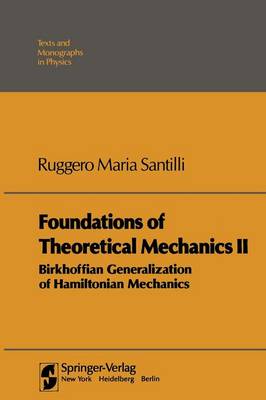In the preceding volume,l I identified necessary and sufficient conditions for the existence of a representation of given Newtonian systems via a variational principle, the so-called conditions of variational self-adjointness. A primary objective of this volume is to establish that all Newtonian systems satisfying certain locality, regularity, and smoothness conditions, whether conservative or nonconservative, can be treated via conventional variational principles, Lie algebra techniques, and symplectic geometrical formulations. This volume therefore resolves a controversy on the repre- sentational capabilities of conventional variational principles that has been 2 lingering in the literature for over a century, as reported in Chart 1. 3. 1. The primary results of this volume are the following. In Chapter 4,3 I prove a Theorem of Direct Universality of the Inverse Problem. It establishes the existence, via a variational principle, of a representation for all Newtonian systems of the class admitted (universality) in the coordinates and time variables of the experimenter (direct universality). The underlying analytic equations turn out to be a generalization of conventional Hamilton equations (those without external terms) which: (a) admit the most general possible action functional for first-order systems; (b) possess a Lie algebra structure in the most general possible, regular realization of the product; and (c) 1 Santilli (1978a). As was the case for Volume I, the references are listed at the end of this volume, first in chronological order and then in alphabetic order.
- ISBN13 9783642867620
- Publish Date 9 April 2012 (first published 1 December 1982)
- Publish Status Out of Print
- Out of Print 5 July 2021
- Publish Country DE
- Publisher Springer-Verlag Berlin and Heidelberg GmbH & Co. KG
- Imprint Springer-Verlag Berlin and Heidelberg GmbH & Co. K
- Edition Softcover reprint of the original 1st ed. 1983
- Format Paperback
- Pages 372
- Language English
